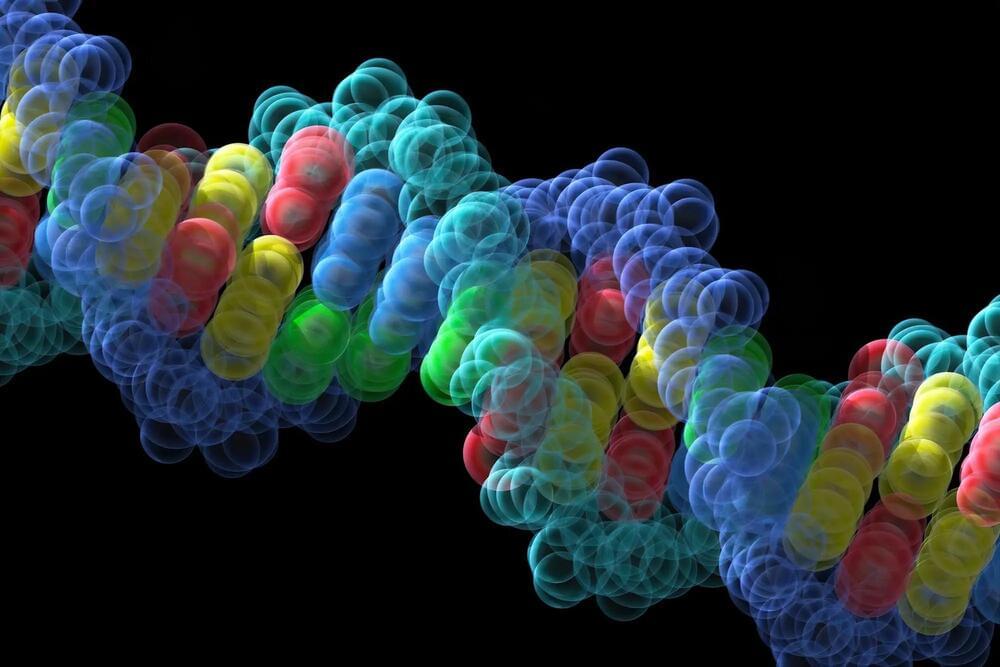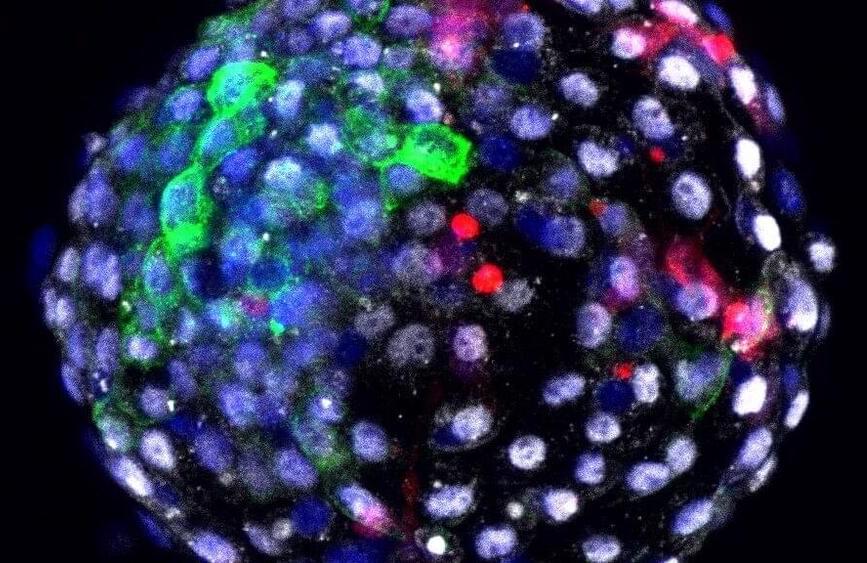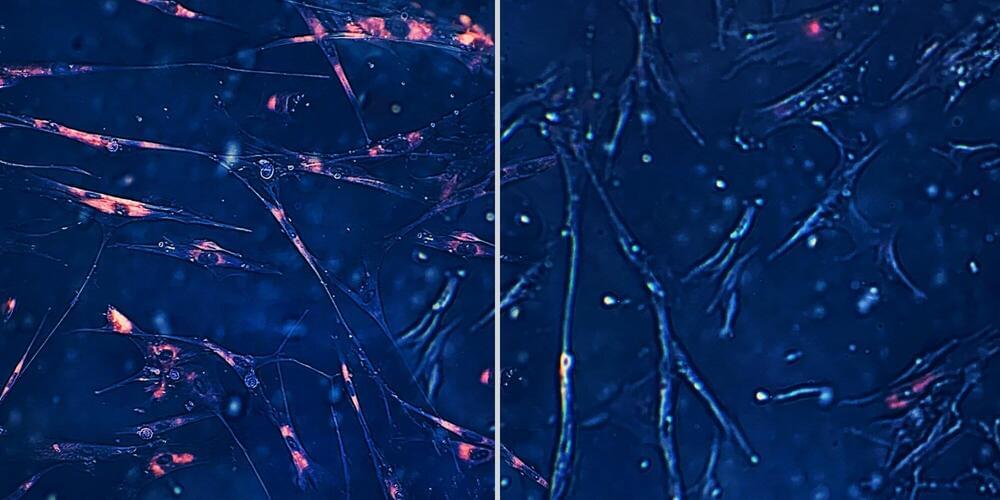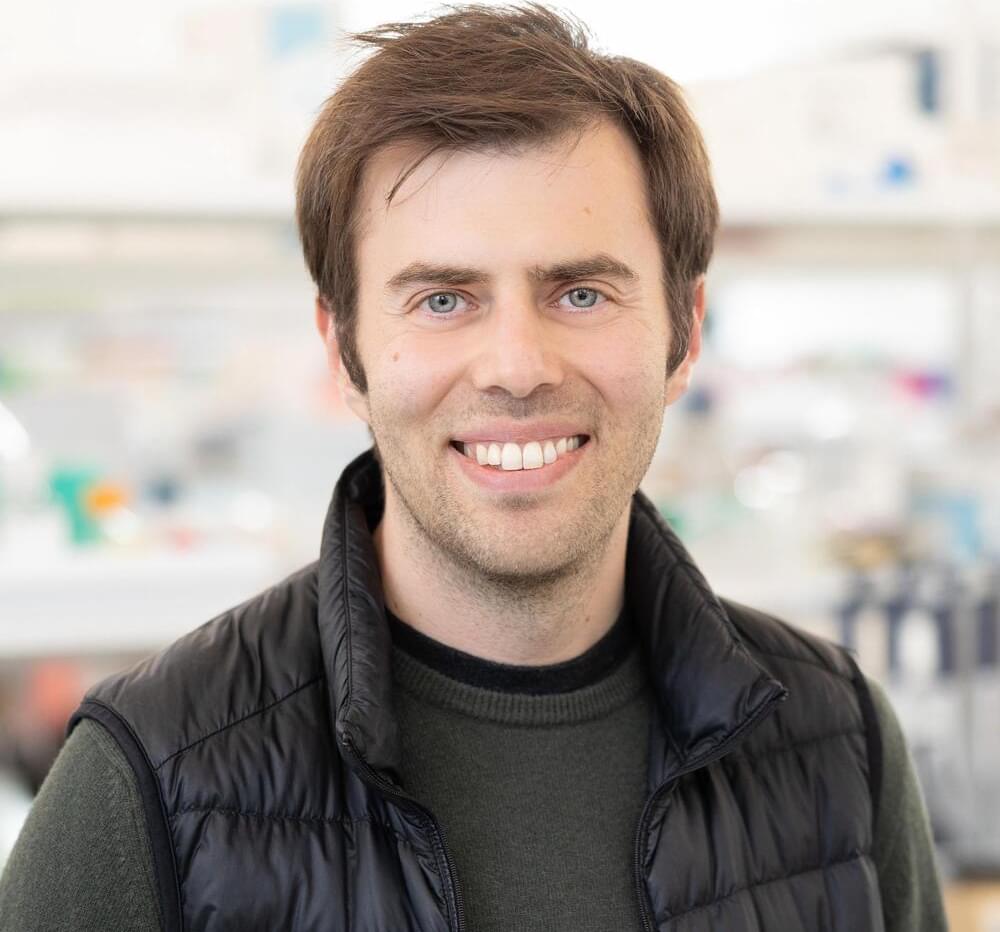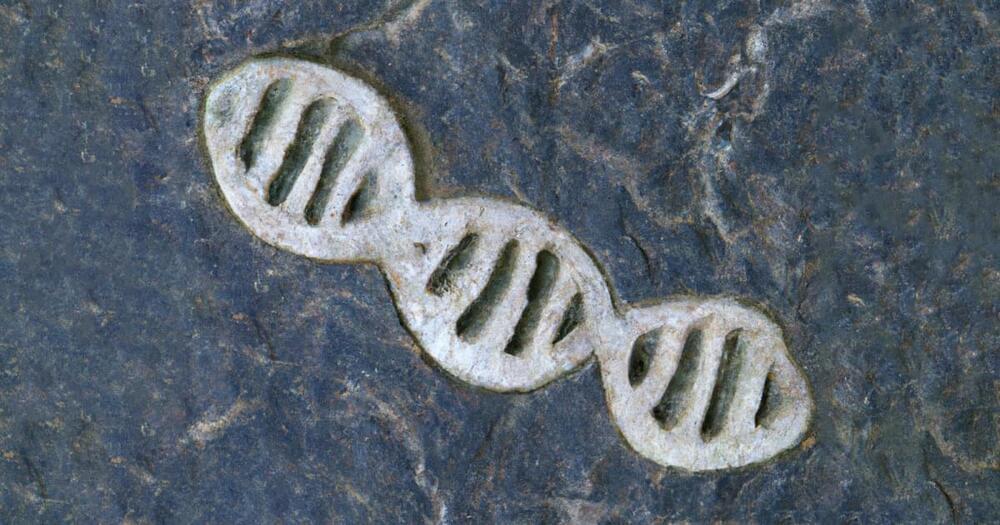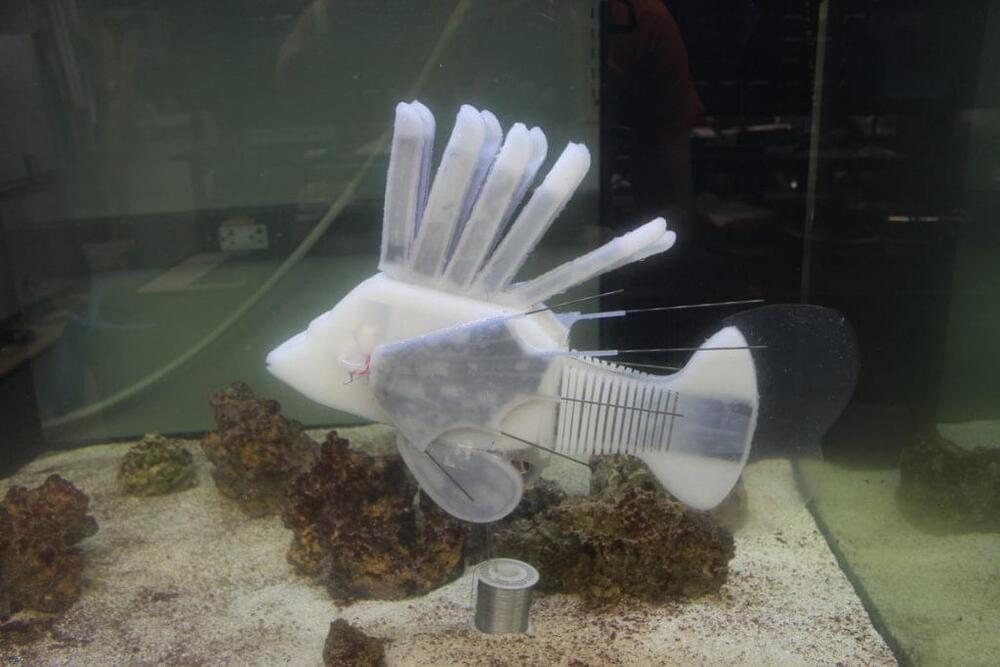May 25, 2023
China faces new Covid wave from XBB variant that could peak at 65 million cases a week
Posted by Quinn Sena in categories: bioengineering, biotech/medical, genetics, government
So it is confirmed that the new variant of covid 19 virus is here but the actual spike now is in China. But will most likely spread globally much how previous viruses have done. Be sure to be prepared for another pandemic. Anyway what may be the possible cure would be new bioengineering techniques with crispr to eventually be immune to the virus like I have posted in some genetically engineered cells recently were made. But rest assured this could lead to a global pandemic because the current variant is taxing our current vaccination measures.
The country once had some of the harshest Covid restrictions on the planet, but the response from the government and the public is relatively muted this time.



